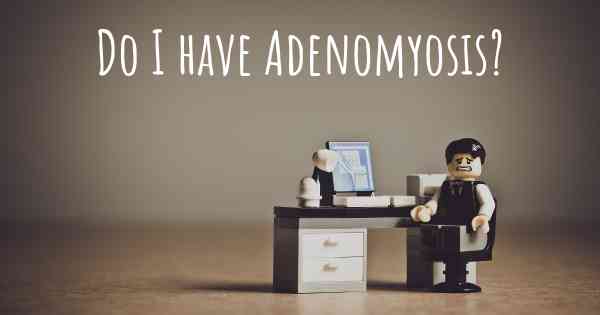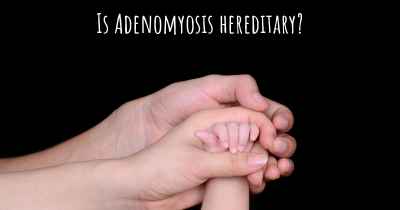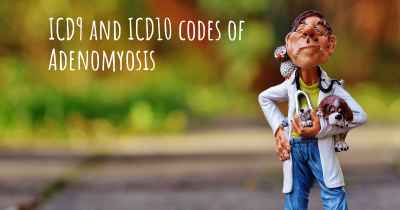How do I know if I have Adenomyosis?
What signs or symptoms may make you suspect you may have Adenomyosis. People who have experience in Adenomyosis offer advice of what things may make you suspicious and which doctor you should go to to receive treatment

How do I know if I have Adenomyosis?
Adenomyosis is a medical condition that affects the uterus, specifically the endometrial tissue. It occurs when the endometrial tissue, which normally lines the uterus, grows into the muscular wall of the uterus. This can cause various symptoms and can be challenging to diagnose. If you suspect you may have adenomyosis, here are some signs and diagnostic methods to consider:
1. Menstrual Pain and Heavy Bleeding:
One of the most common symptoms of adenomyosis is severe menstrual pain, also known as dysmenorrhea. The pain is typically cramp-like and can be debilitating, interfering with daily activities. Additionally, women with adenomyosis often experience heavy or prolonged menstrual bleeding, which may include passing blood clots.
2. Pelvic Discomfort:
Adenomyosis can cause chronic pelvic pain or discomfort, which may not be limited to the menstrual period. The pain can be dull, aching, or sharp and may radiate to the lower back or thighs. It may worsen during sexual intercourse or physical activity.
3. Enlarged Uterus:
In some cases, adenomyosis can cause the uterus to become enlarged. This can be detected during a physical examination by a healthcare provider. However, it's important to note that an enlarged uterus can also be a symptom of other conditions, so further diagnostic tests are necessary.
4. Ultrasound Imaging:
An ultrasound is a commonly used diagnostic tool to detect adenomyosis. It can help visualize the thickness and texture of the uterine walls, as well as identify any abnormal growths or cysts. However, it's important to note that adenomyosis can sometimes be challenging to detect through ultrasound alone, especially in milder cases.
5. Magnetic Resonance Imaging (MRI):
In cases where ultrasound results are inconclusive, an MRI may be recommended. MRI provides more detailed images of the uterus and can help differentiate adenomyosis from other conditions, such as uterine fibroids. It can also help determine the extent and severity of adenomyosis.
6. Biopsy:
In certain situations, a biopsy may be necessary to confirm the diagnosis of adenomyosis. During a biopsy, a small sample of the uterine tissue is taken and examined under a microscope. This can help rule out other conditions and provide a definitive diagnosis.
If you are experiencing symptoms that may indicate adenomyosis, it is important to consult with a healthcare professional. They will evaluate your medical history, perform a physical examination, and recommend appropriate diagnostic tests. Remember, self-diagnosis is not recommended, as the symptoms of adenomyosis can overlap with other gynecological conditions.
Pain with Sex
Pain with Bowel Movements
Back pain
Heavy bleeding
Clotting
Uterine contractions
Pelvic pressure
Posted Sep 10, 2017 by Marissa 2010








